Hello everyone again. Welcome to another segment of Questions and Answers with famous visualizers. Our next featured artist is Omar Estevez or known as "arqestevez" in the forums. He wrote some of the best and most complete tutorials with Vray SketchUp, and everyone in the community call him the generous Omar. Without further adieu here is Omar.
SVR: Please tell us more about Arqestevez
OE: My name is Omar Estevez. I am from Tuxpan, Veracruz, México. I graduated in 2009 with honors from the Anahuac University Architecture school and I´m the CEO of a design and construction firm in northeast Mexico. In our studio we care about the human being with needs and feelings. Our main objective is to use and produce knowledge in design and construction techniques to generate high quality spaces that satisfy the needs of our clients. I love architecture, I love classic music and opera, and of course, I love generating new realistic architectural visualizations.
SVR: Tell us your personal story how you encountered SketchUp and Vray SketchUp.
OE: Well, I believe I that I started using Sketchup in December 2006, right after I went to an architectural contest in the state of Queretaro, here in Mexico. I heard a lot of users who talk about the software, so I looked for it at the web. I found many tutorials and I went to a course that included Sketchup Pro 6 and Maxwell Render. In 2007 I worked in a design firm, and started working as a freelance artist, but Maxwell happened to take too much time for creating one single image, so I gathered with a friend that taught me the basics of the Vray and we actually worked as a team for a while. After some months I became an architect and I started my own firm, but knowing how much the usage of a well made 3d model may help us in the design and even construction processes to achieve over the average results.
SVR: You have produced the complete video tutorials from modeling to post-processing. What inspired you to this?
OE: I believe that it is more probable to get to new knowledge stages if we all cooperate, I mean, we will be capable of solving actual problems faster if more people seeks for new answers and methods to improve design and rendering techniques. The complete rendering process series is meant to introduce new users to Vray, so once they understand it, they just have to practice and keep an eye at the forums. Basicly we all learn a little bit every day and after a while studying, we may find ourselves creating really, really great images.
(NOTE: To our readers please check Omar tutorials below)
(NOTE: To our readers please check Omar tutorials below)
SVR: Who are your inspiration in the field of visualisation?
OE: Well, I admire too many people. Fernando Rentas, of course. Also a lot of guys from the forums, like Steve Mai, Tuan Hung, etc. The truth is that all of them have their own style, and they’re all good in different aspects, but the one that inspires me the most is Alex Roman.
SVR: Do you have a workflow in visualisation?
OE: Yes. I do have a workflow. For me it all starts with the interview, which is the stage in which we can determine the user’s needs and generate the concept. Then I go to the pencil stage, and after the design is finished, we draw the first proposal in Autodesk’s Autocad, and then we import it directly into Sketchup. Once the model is finished my rendering workflow is the next: illumination, first output, irradiance map and light cache calculation, materials editing, second output, final setting, Adobe Photoshop and After Effects. There are of course a lot of programs that sell they’re own workflow, but for me, for the amount of work that we have now, sketchup and Vray for sketchup is the right choice.
SVR: Definitely a good thing to know.
SVR: Definitely a good thing to know.
SVR: Any memorable moment in visualization? Can you tell us a little bit of the story.
OE: Well, the thing with architectural visualizations is that clients get absolutely used to them, and then they do not understand blueprints or sketches anymore. For me, being capable of creating good quality renders has helped me to involve clients in the design process, which of course, guarantees the success of the proposal. I would have to say that I have enjoyed almost all of my visualizations, and of course, each one of them is an exercise that has helped me to understand and propose new spaces.
SVR: Do you have any advise to our readers especially to the newbies.
OE: Order! You need order. I talk about illumination, materials and post production, and each stage is important, of course but in order to get nice and clean results you need to follow a process. If you guys do not work with layers, or if you start editing materials before you finish your illumination settings; then your rendering process will be larger; and remember, we all run out of patience, so it is important to keep it short, so we can work and add details to achieve really, really nice results.
I leave you here the links to my portfolio and tutorials:
www.estevezarquitectos.com
http://www.facebook.com/pages/Estevez-Arquitectos/165398400158045
SVR: Thank you Omar
SVR: Thank you Omar
Omar Estevez Video Tutorials
Complete Visualization Tutorial
Introduction
Illumination Part 1
Illumination Part 2
Illumination Part 3
Material Part 1
Material Part 2
Material Part 3
Material Part 4
Post Production Part 1
Post Production Part 2
How to make render times shorter
Hdri’s + shadows tutorial (Spanish, but very graphic)
Download Photomatch Tutorials
PART 1
PART 2


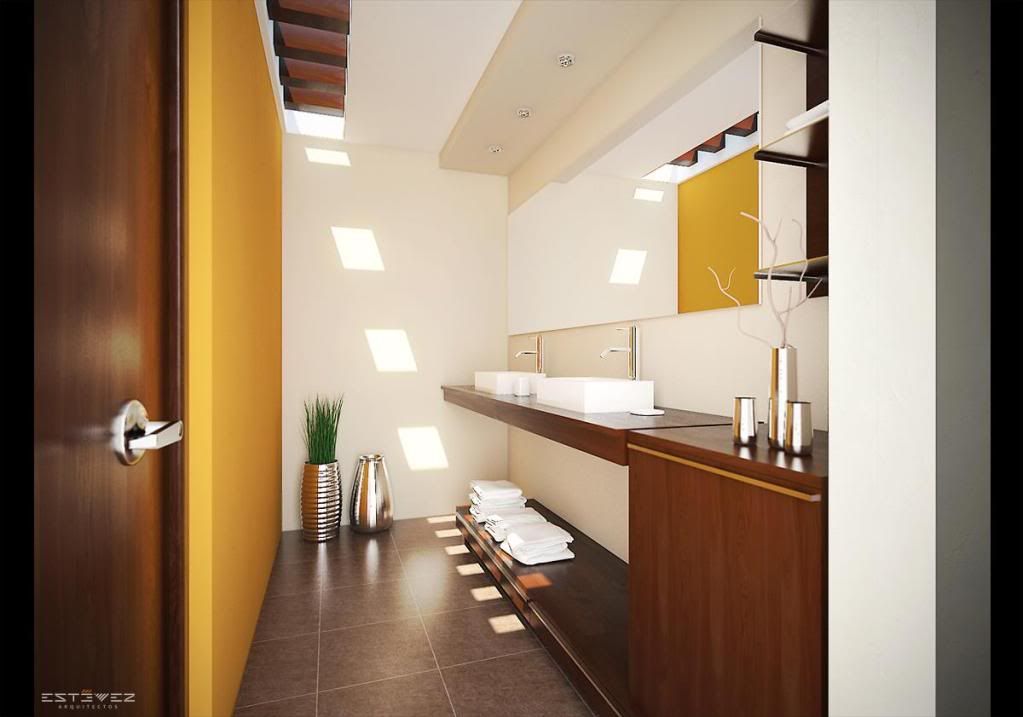
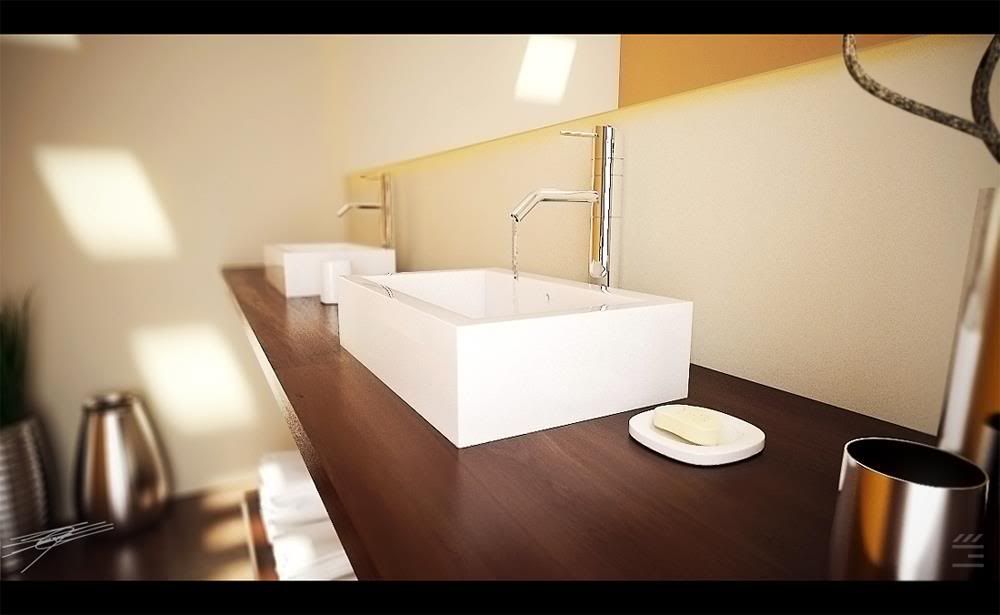
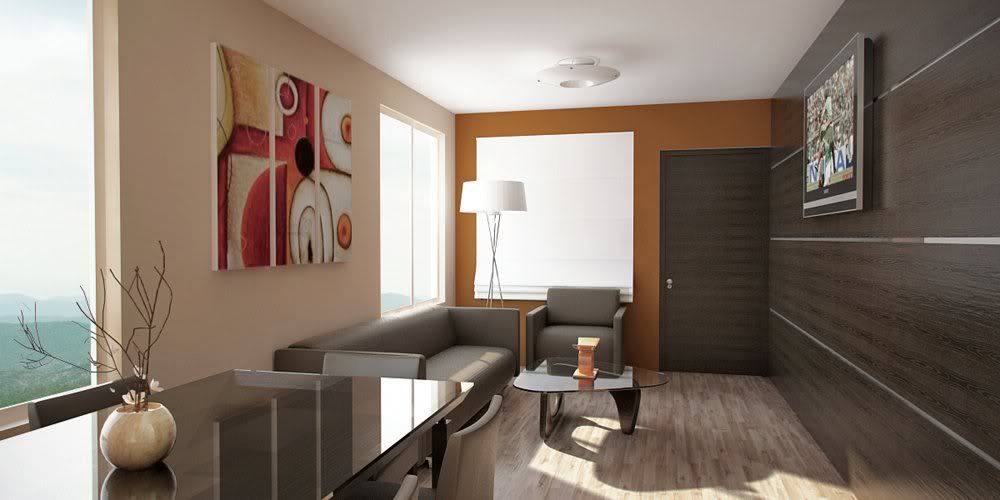
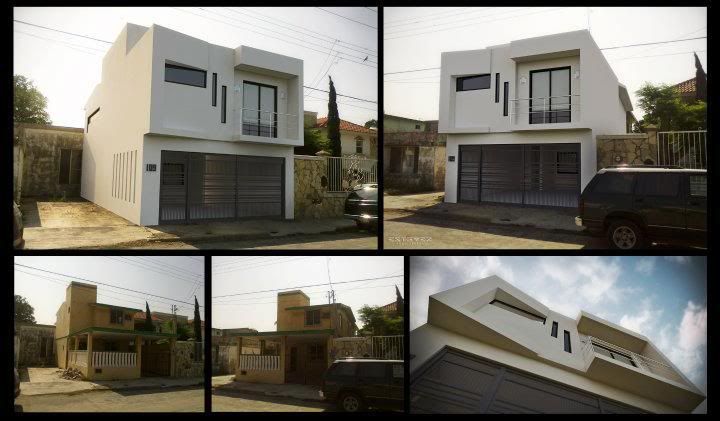

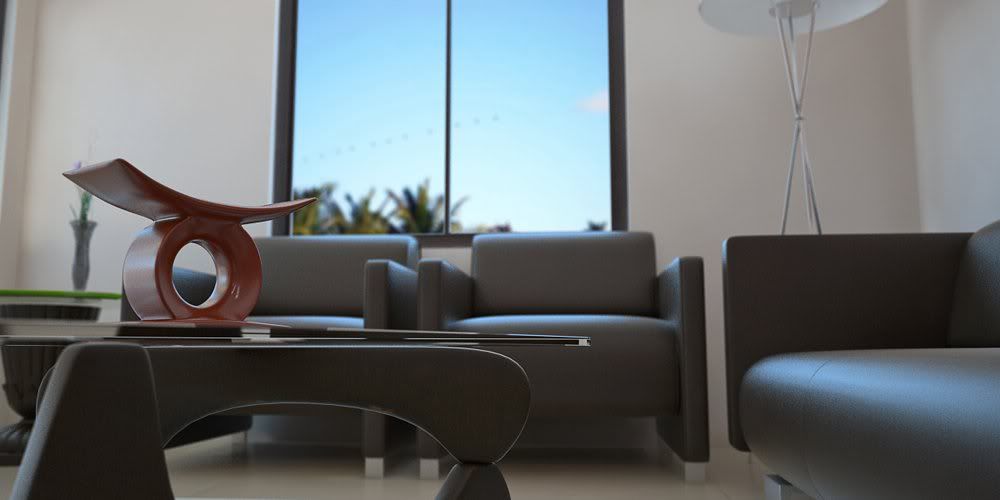
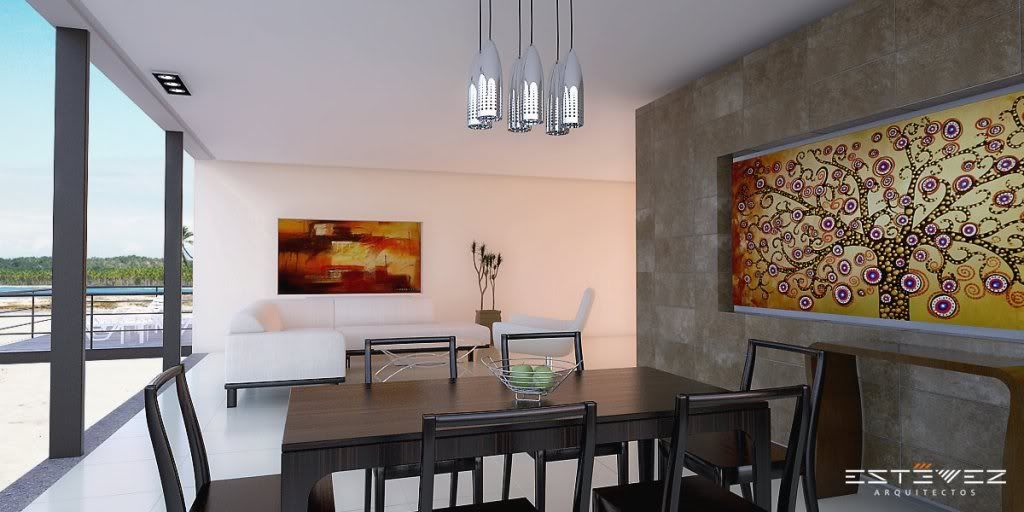
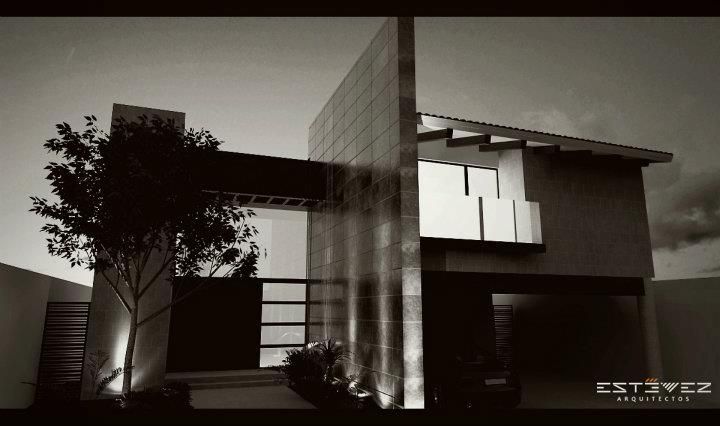
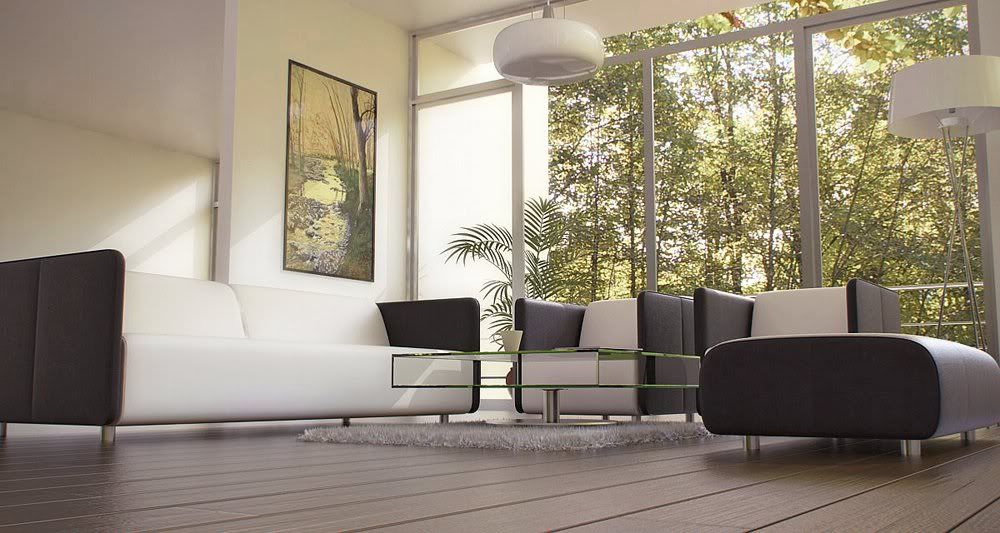
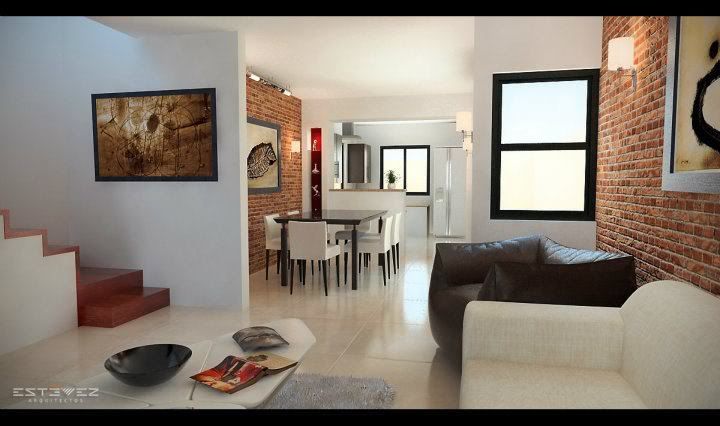

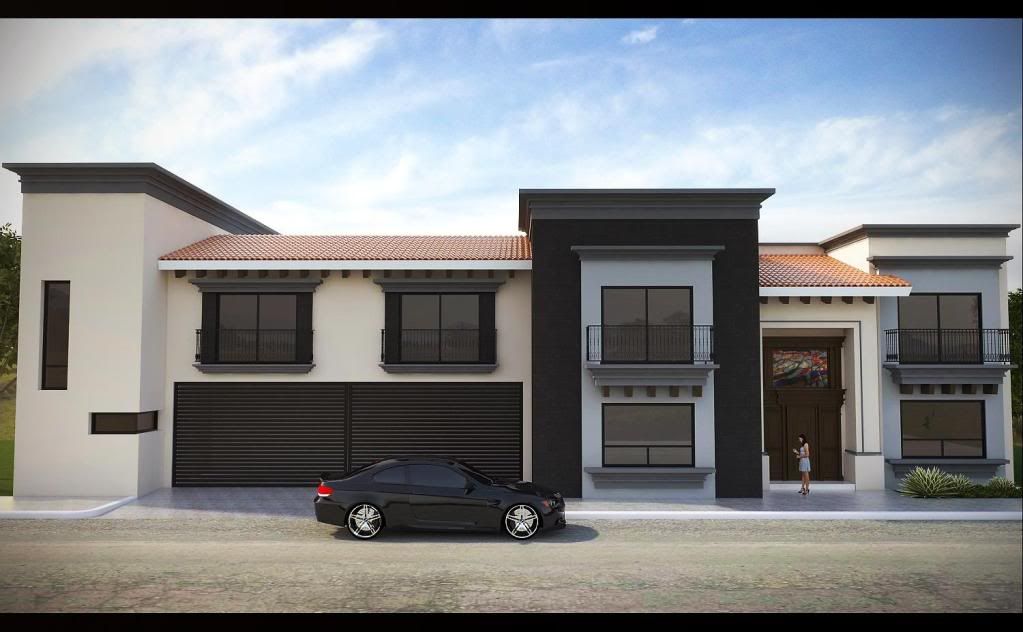
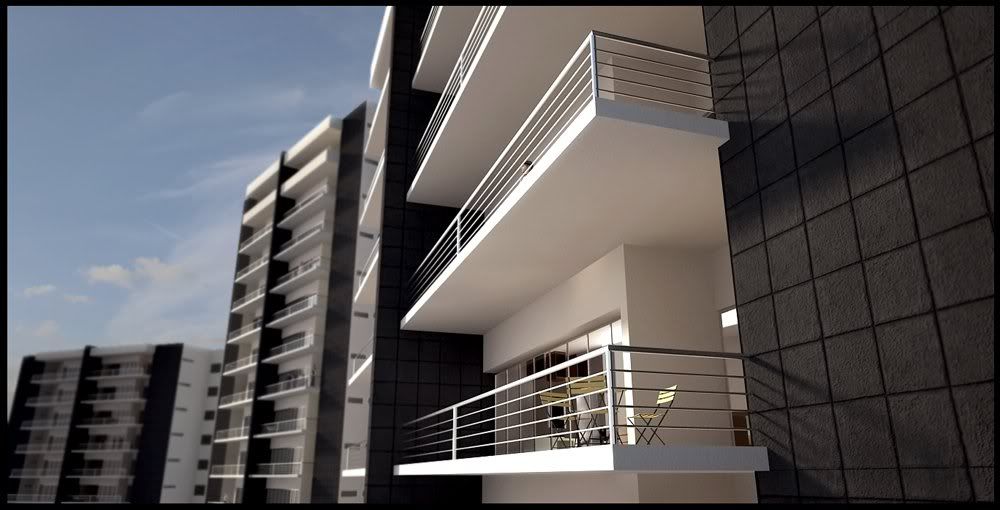
perfect works perfect tutorail you are super Omer I love you ^_^ thank you so muct to Nomeradona and every one
ReplyDelete